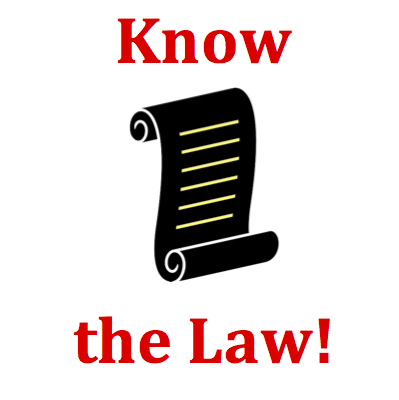Hold down the T key for 3 seconds to activate the audio accessibility mode, at which point you can click the K key to pause and resume audio. Useful for the Check Your Understanding and See Answers.
Mission SE7 Charging by Induction - Electrophorus Plate - Question Group 9 Help

A negatively charged piece of styrofoam is placed on the table. A neutral aluminum plate is brought near as shown below. As the aluminum plate approaches, charge within the aluminum plate will distribute itself in a very specific manner. Which one of the diagrams below properly depicts the distribution of charge on the aluminum plate?

Charging by induction is the charging process that involves charging an object without touching the object to a charged object. The charged object is brought near to the object to be charged (a neutral object). The charged object's presence induces a movement of electrons within the neutral object, causing it to become polarized. Then the neutral object is touched to a ground, causing a transfer of electrons between the ground and the neutral object. The ground is pulled away, the charged object is pulled away and the neutral object has been charged. When the process is complete, both objects are charged with the opposite type of charge.

The role of the charged object in the induction charging process is to induce a movement of electrons within the object to be charged. This movement of electrons polarizes the charged object and prepares it for the charging step of induction charging. The principles needed to understand this process are simple. The are: Opposites attract. Likes repel. And only electrons can move. Negatively charged styrofoam will repel electrons located at the nearby side of the aluminum plate to the opposite side of the aluminum. The nearby side of the aluminum plate loses electrons and the more distant side gains electrons; this polarizes the aluminum plate. On the other hand, positively charged styrofoam will attract electrons from the distant side of the aluminum plate to the nearby side of the aluminum plate. The more distant side of the aluminum plate loses electrons and the nearby side gains electrons; this polarizes the aluminum plate.
